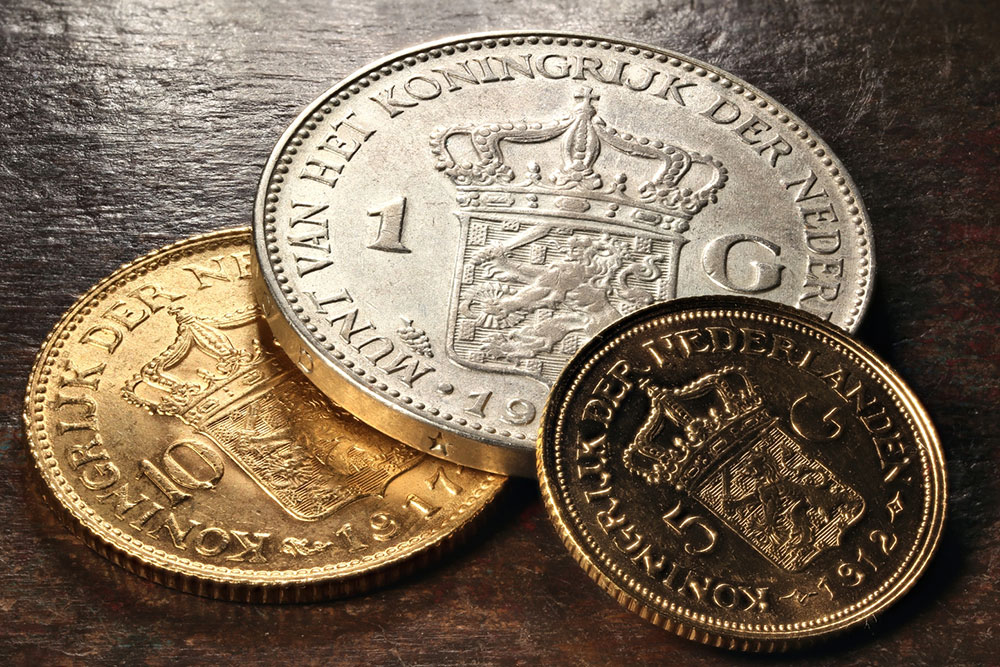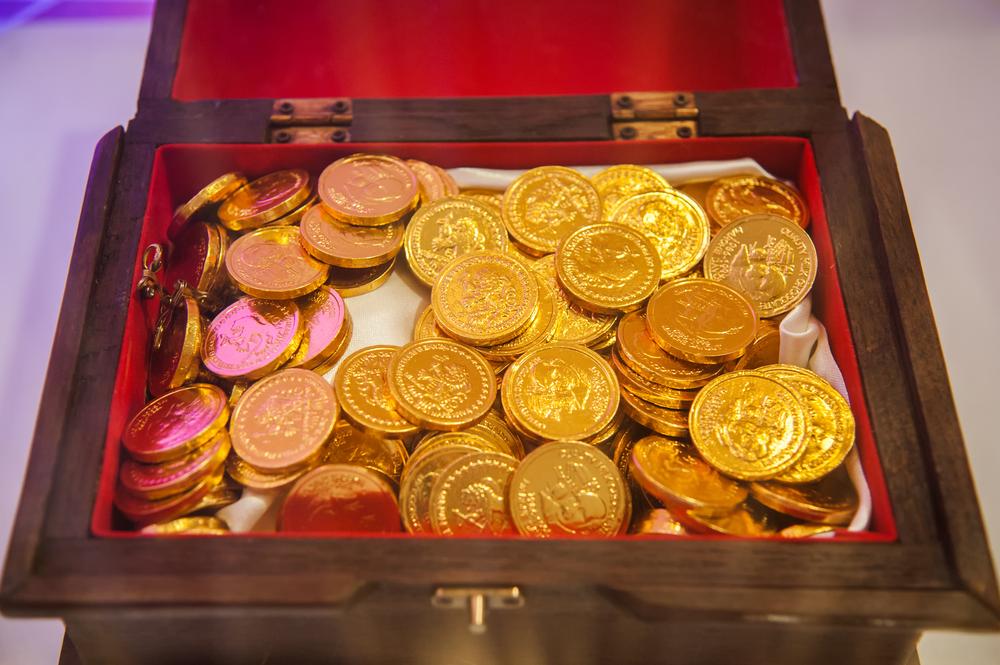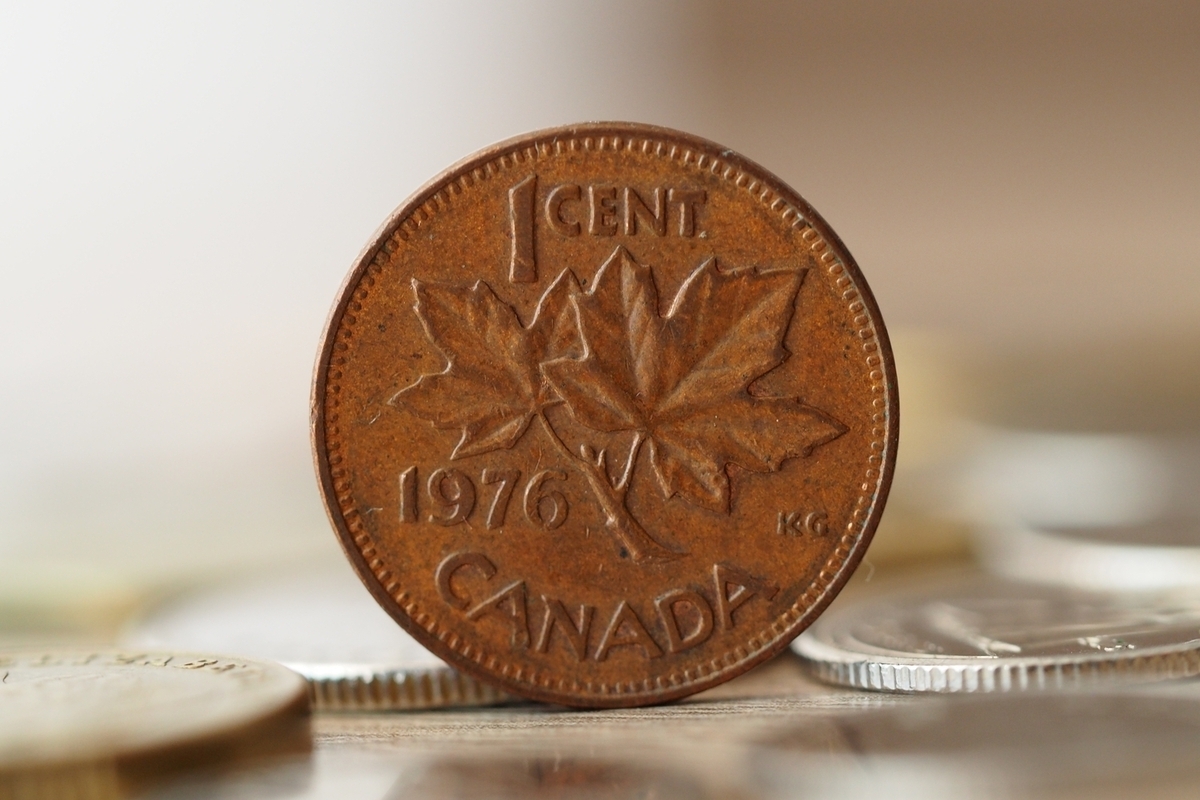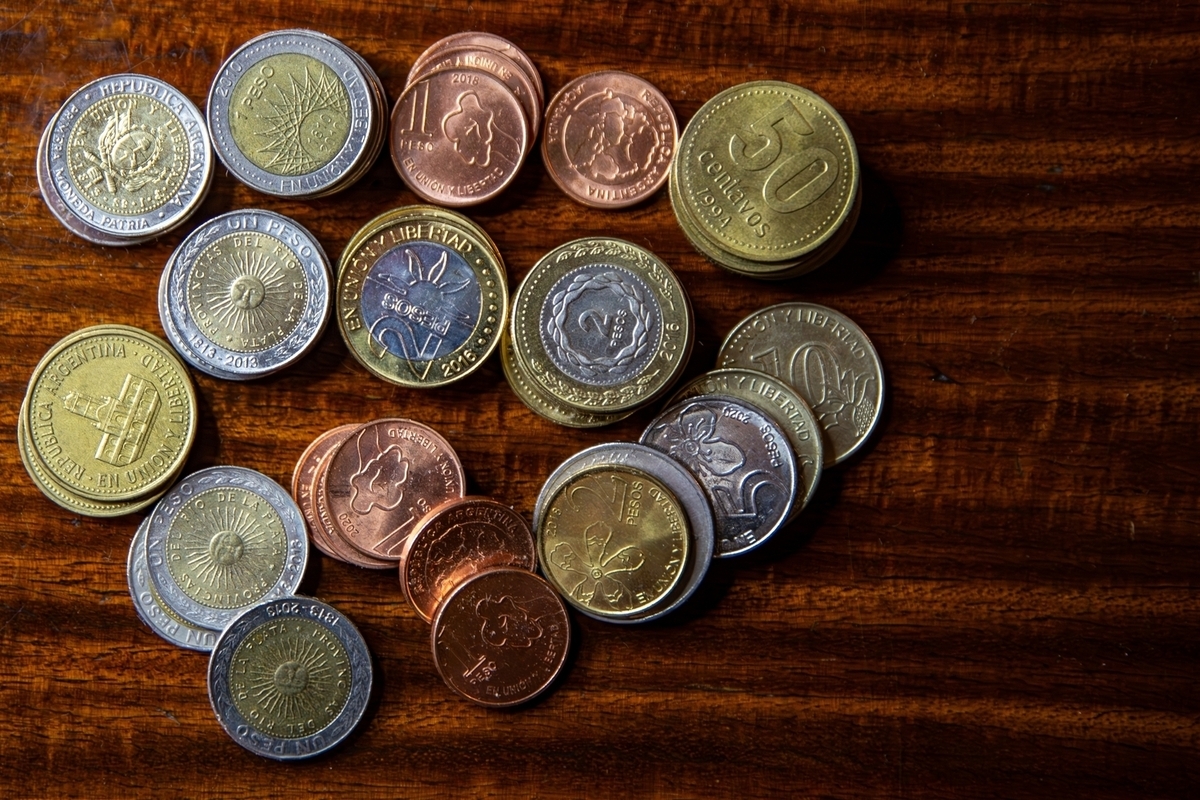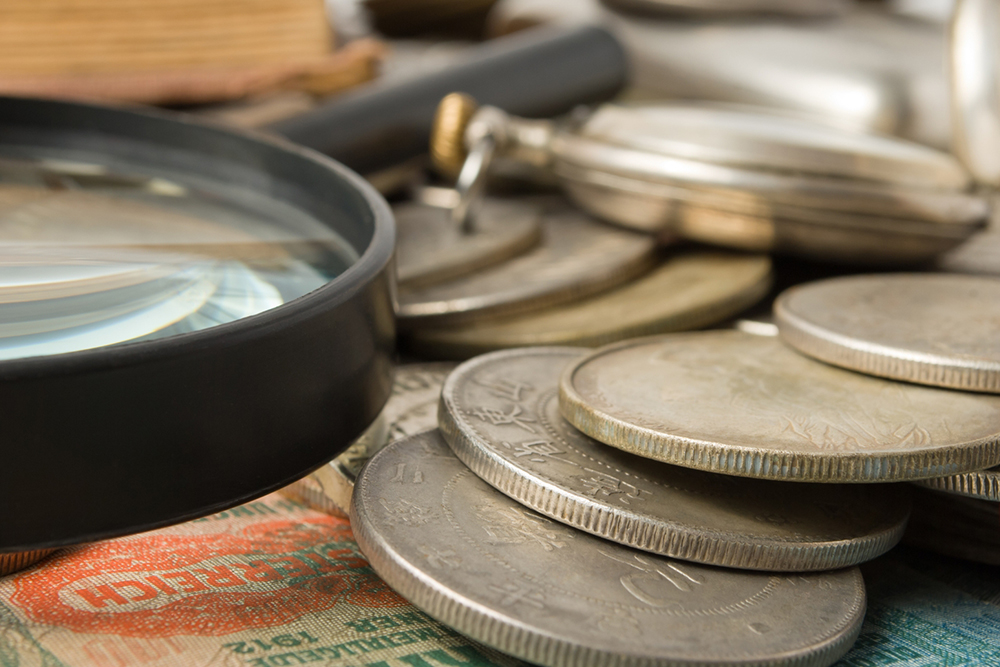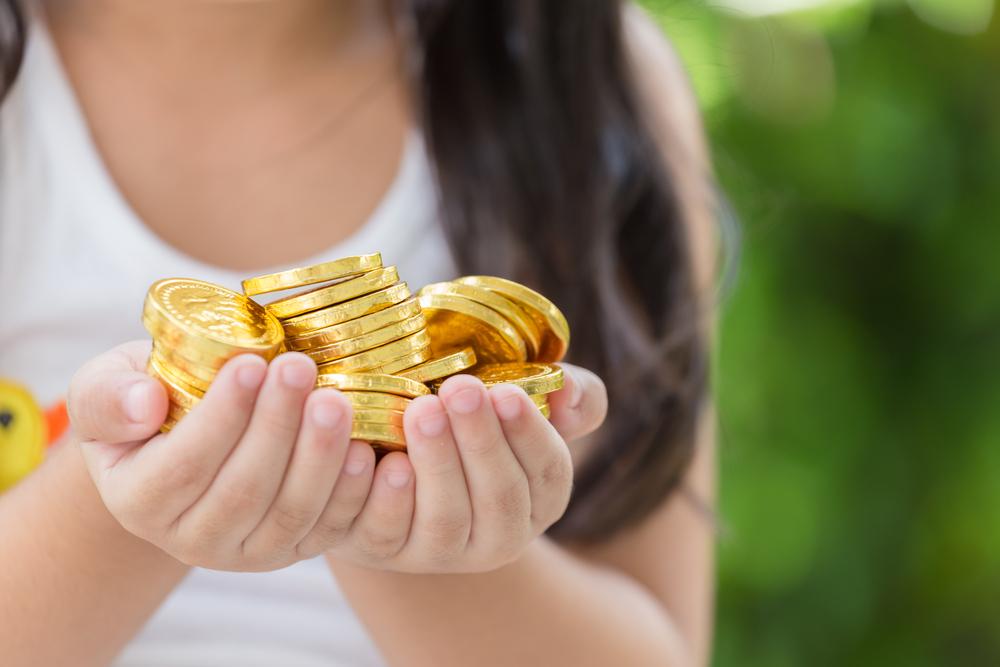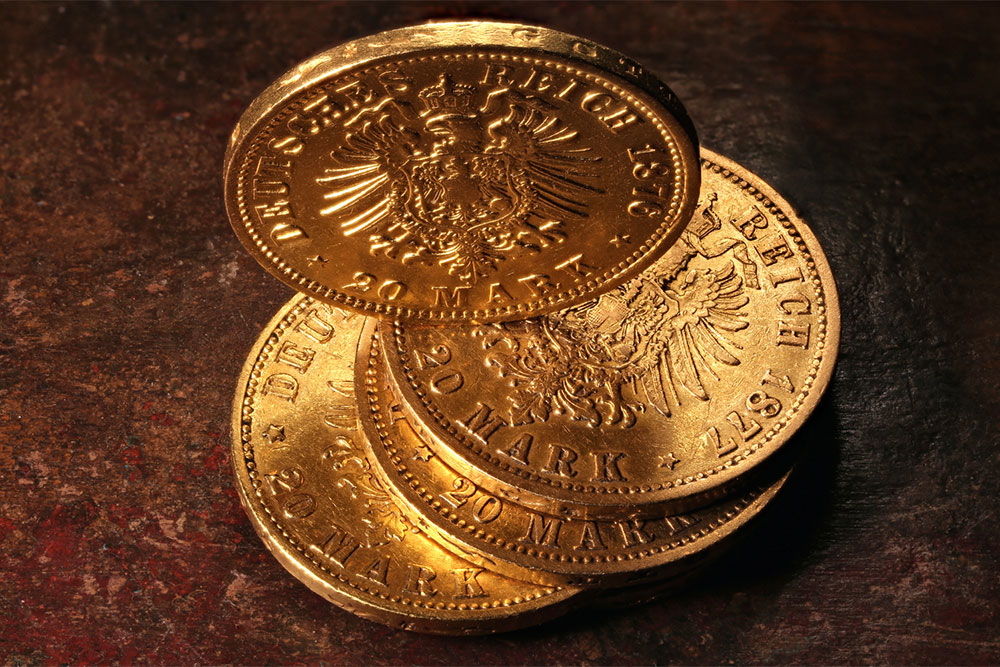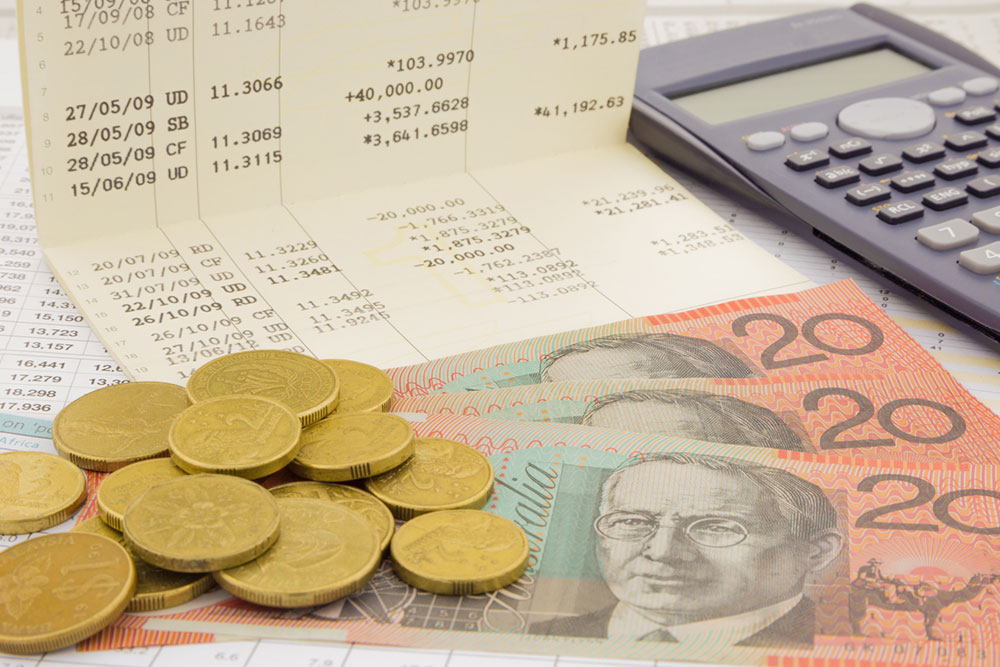Overview of Valuable Coins in Kenya: Historical and Collectible Insights
Explore the rich history and value of Kenyan coins, from rare collectibles like the 1794 Flowing Hair Silver Dollar to coins from colonial times and early independence. Discover factors that influence coin value, historic issues, and the significance of coins minted during different eras, making this a valuable resource for collectors and enthusiasts interested in Kenya's numismatic heritage.
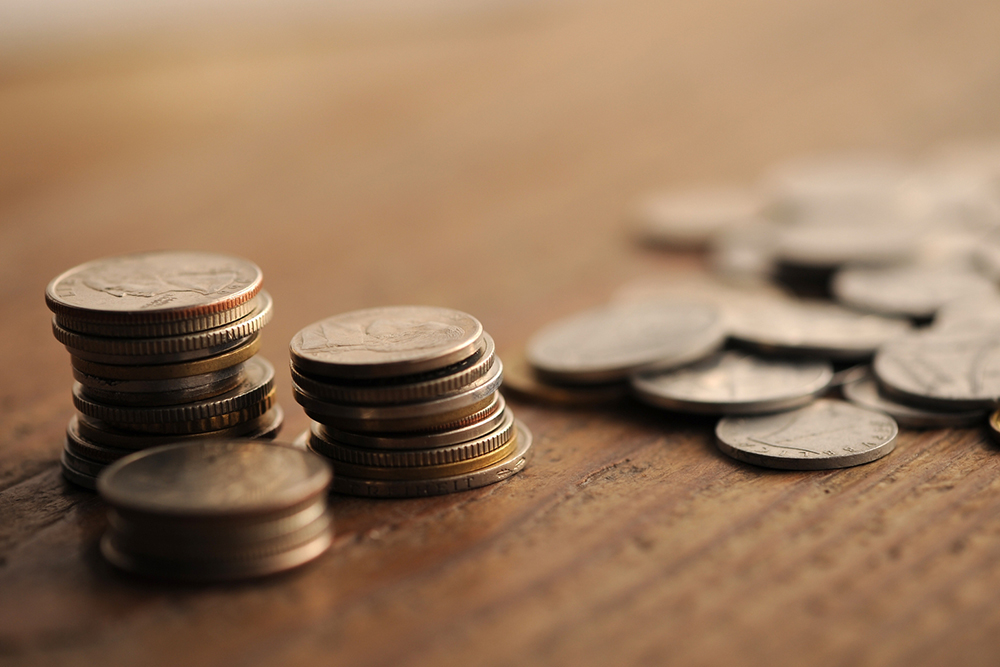
Overview of Valuable Coins in Kenya: Historical and Collectible Insights
Collecting coins, also called numismatics, can be an exciting and educational pastime. It offers a glimpse into history while allowing enthusiasts to acquire rare and valuable pieces. Sometimes, coins held for years turn out to be highly sought after because of their connection to significant historical moments, making the hobby even more rewarding.
Factors That Determine a Coin's Value
Generally, coins gain rarity or value due to associations with notable events or their limited production. For instance, the US 1794 Flowing Hair Silver Dollar is renowned for its historical significance and rarity.
Among the most famous coins globally is the 1794 Flowing Hair Silver Dollar, believed to be the first silver dollar struck by the US Mint. Recognizable by features like Lady Liberty’s profile and an eagle on the reverse, fewer than 130 of these coins remain today. Recently, one sold for over 15 million KSh, showcasing its immense value. Budget-conscious collectors can explore less rare but still valuable coins, such as those issued by the East India Company, like the 1841 Two Annas Silver Coin worth around 30,732 KSh. These coins arrived in Kenya via historic trade routes.
Historical Coins in Kenya
Kenya's earliest significant coins trace back to the silver Maria Theresa Thaler, minted in Austria around 1741, later reaching Kenya through Arab traders. By the 1860s, coins like the US silver dollar and British Indian rupees entered circulation through trade with Zanzibar and the Indian Ocean region. The British East Africa Company issued later coins such as Pice, Rupees, and Annas until its bankruptcy, after which the British Foreign Office started minting the copper Pice for the region. Post-World War I, the East African Currency Board introduced coins based on the English Florin, which influenced the current Kenyan shilling. After Kenya’s independence in 1962, the new coins featured local symbols, and older British coins gradually became rare and valuable.
Notable Pre-Independence Coins in Kenya
Maria Theresa Thaler 1780
One Pice 1888
One Rupee IBEA 1888
Two Annas 1890
One Pice Queen Victoria 1898
King Edward VII One Cent 1907
King George V Fifty Cents 1920
King George V Florin 1920
King Edward VIII Five Cents 1936
King George VI Fifty Cents 1937
King George VI One Shilling 1950
Queen Elizabeth II Ten Cents 1956
Queen Elizabeth II Fifty Cents 1963
1964 Five Cents
1964 Ten Cents
Note:
Our blog provides a broad range of information, drawing from thorough research. While intended to be educational, articles are not definitive sources. Readers should verify details independently, as content may vary or contain inaccuracies. The site may not include all current schemes or offers that could benefit enthusiasts.

